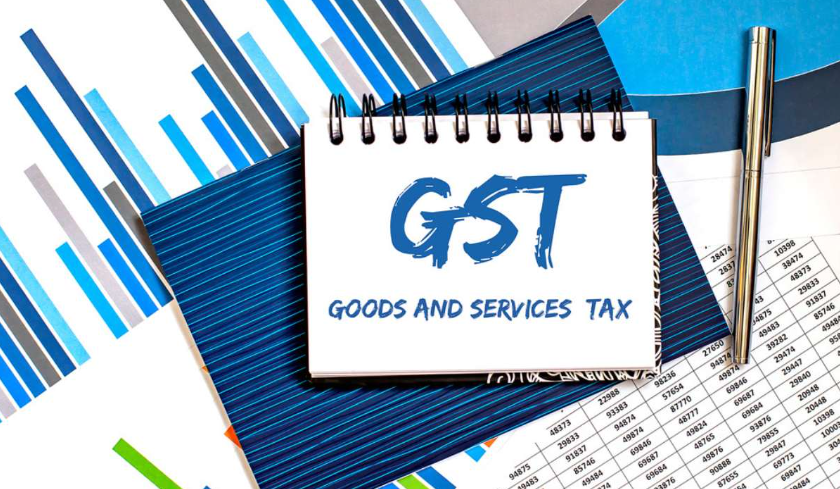
The GST Full Form is a tax on goods and services. This is an indirect tax system that applies in India. This VAT is levied on most goods and services sold for domestic consumption. The passing of the law was by the House of Representatives on 29 March 2017 and has been in effect since 1 July 2017. Since then, India’s GST has had many indirect taxes, leading to unification.
Business sellers collect goods and services tax in the full form of GST and then send it to the government. Most countries have a unified GST system, meaning each service and item is taxed individually.
Understanding the Working of GST:
Here is the full form of GST in time is Gulf Standard Time. Here is the complete working of GST:
- Goods and services tax is levied when consumers buy goods or services. Determination of tariffs is by location, manufacturer, and supply or production. The submission of the tax rate is to the Indian government.
- The full form of GST is applied at every stage of the supply chain. For example, buying raw materials, selling to wholesalers, buying from retailers, and then to buyers.
- The value creation process continues until the last stage of the purchase is complete.
The Increase in Economy with GST:
Since the introduction of the Goods and Services Tax or GST, the Indian economy has grown significantly. At the same time, citizens and businessmen are relieved. Since GST stands for the tax rate for each service and sound, the government has lowered other indirect taxes. Indian products will create competition in the international market. This means that the Indian economy will benefit more from these markets. GST is a transparent tax system with many administrative controls.
What is the Full Form of GST?
The full form of GST is a goods and services tax and a multi-level, objective-based tax levied on each value-added. This is a relief to most people as it completely replaces the various indirect taxes that came into effect, such as consumption tax, VAT, service tax, goods tax, etc. Seventeen of these taxes were eliminated with the introduction of GST, simplifying the taxation process for the government. GST is a consumption tax for those with an annual turnover of Rs 40 lakh and above. These people must register as ordinary taxpayers. This option is now open to anyone who purchases goods and services across the country.
History of GST:
The adoption of GST has been in many countries since its introduction in France in 1954. In India, this tax system came to light in 2000 after Prime Minister Shri Atal Bihari Vajpayee formed a committee hoping to improve India’s tax structure. In 2006, the Trade Unions Department proposed the introduction of the GST in 2010. Still, after careful consideration and changes, it was finally announced in 2011. After this was implemented, the following taxes were replaced or included.
Taxes Replaced by GST:
Here is the list of GST taxes replaced:
- Duties of excise
- Service tax
- Central excise duties
- Additional duties of excise
- Additional duties of customs
- Special additional duties of customs
- Cesses and surcharges
Registration Process for GST:
Under the GST payment procedure, all companies and businesses are responsible for paying service tax, VAT, central tax, etc., under a one-time GST. You can do this online. Applicants can apply for a GST number and submit documents on the GST online portal at https://cbic-gst.gov.in/. After the application submission, the portal immediately generates ARN status. With this ARN status, candidates can regularly check the status of their application and also seek help in this regard on the portal. It usually takes a week (7 business days) to receive the GST and GSTIN Registration Certificates after the creation of ARN.
What are the Different Types of GST?
To facilitate the diversification of various taxes, 3 types of GST (Goods and Services Tax) are namely:
Central Goods & Service Tax (CGST)
The central government levied the Central Goods and Services Tax (CGST) on the supply of domestic products and services. It is under the Central Goods and Services Act’s supervision. It eliminates all previous central taxes such as Customs, Service Tax, CST, SAD, Central Excise, etc. The CGST rate is the same as the SGST (State Goods and Services Tax), and the income goes to the central government.
State Goods & Service Tax (SGST)
SGST is levied on selling all products and services in the specified state. In this case, the state government collects revenue from this tax. Taxes such as Value Added Tax (VAT), Entertainment Tax, Import Tax, Tolls, Surcharges, State Sales Tax, etc., have been replaced with one tax, namely SGST.
Integrated Goods & Service Tax (IGST)
This goods and services tax is levied on interstate transactions of goods and services and is also levied on imports. The central government is responsible for the IGST, which means it collects this tax and then distributes it to the states as agreed. Both the central and state governments share the revenue generated by the IGST. Integration of goods and services tax came into the light so that all countries had to cooperate with one entity, viz., union government, not all countries individually.
GST Full Form FAQs:
What does ARN stand for?
ARN stands for Application Reference Number. Used to track application status.
What is the GST Full Form in Hindi?
The GST Full Form in Hindi is वस्तु एवं सेवा कर.
What is GSTIN?
This is necessary to facilitate the identification of goods.
How many GST slabs are there?
There are 5 GST slabs such as 0%, 5%, 12%, 18% and 28%.
How many digits are there in the GST HSN code?
The GST HSN code consists of 8 digits.
How to find the HSN code?
To find the HSN code, you must follow the steps above.
Is HSN code necessary for companies?
Yes, you require HSN for business.
What is the full form of HSN?
The Harmonized System of Nomenclature is a complete form of HSN.
What is the full form SAC?
The service account code is the full form of the SAC.
What is the difference between SAC and HSN?
HSN stands for goods, whereas SAC stands for service.


